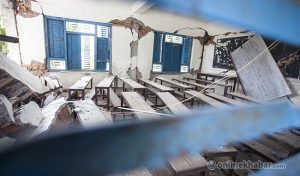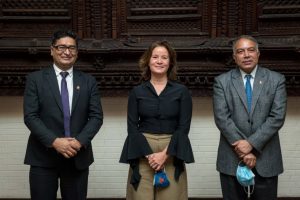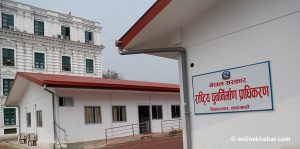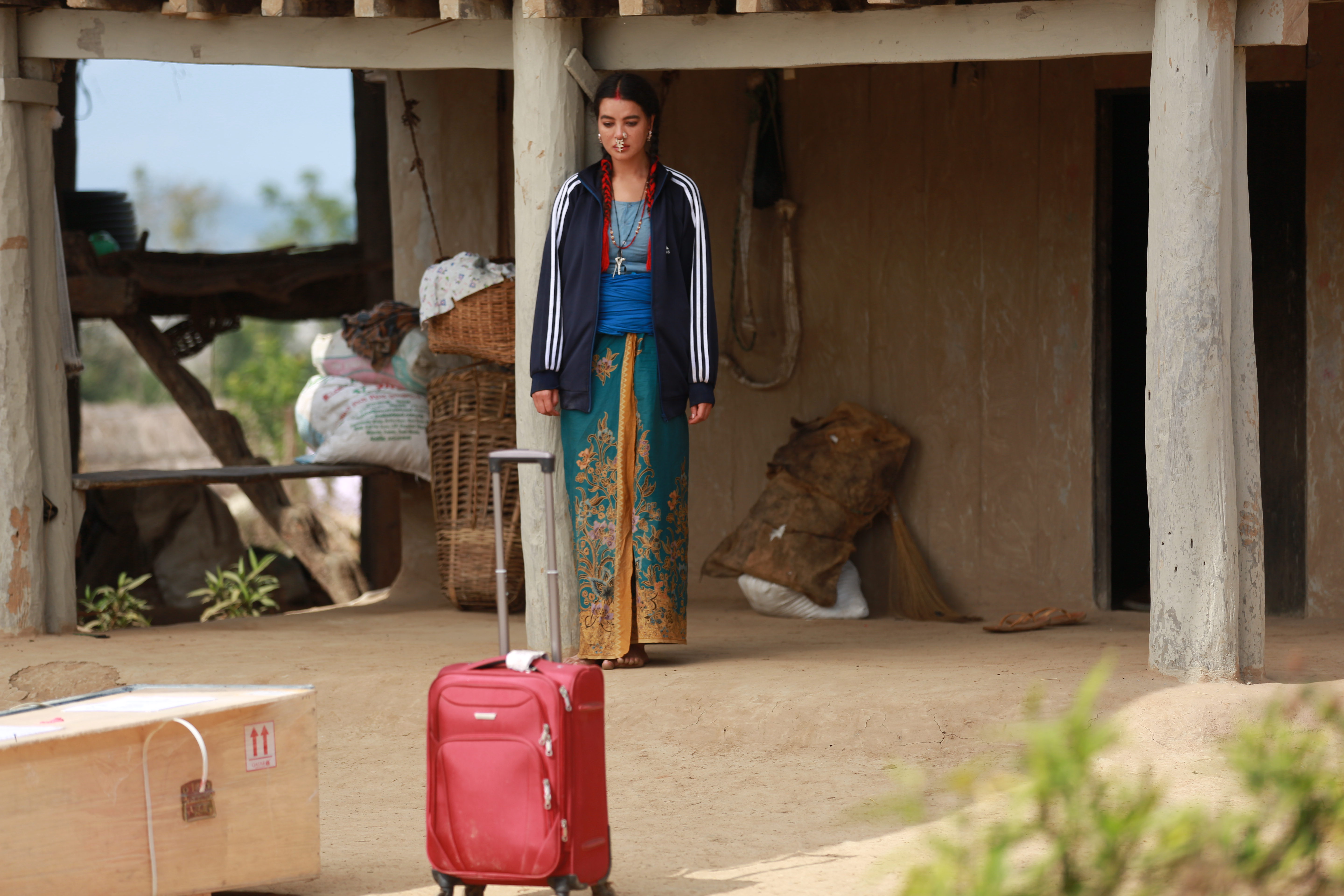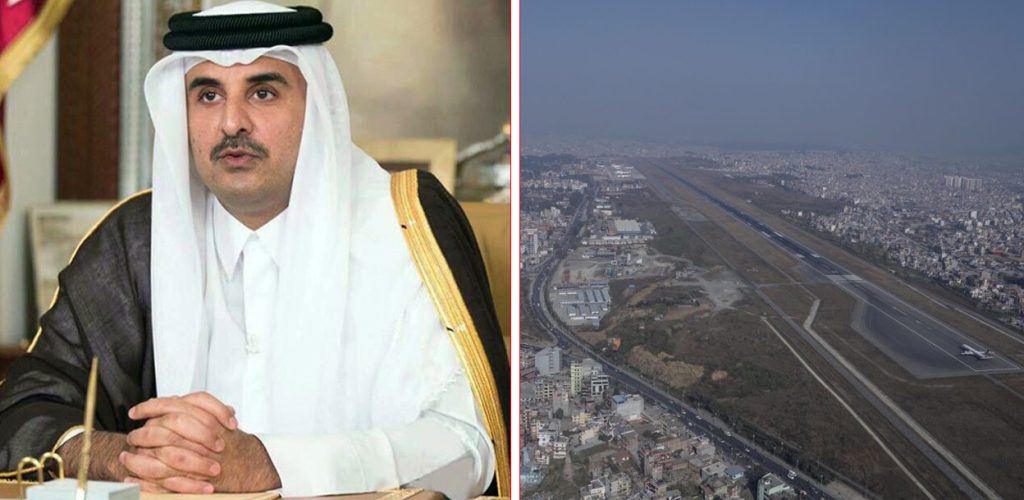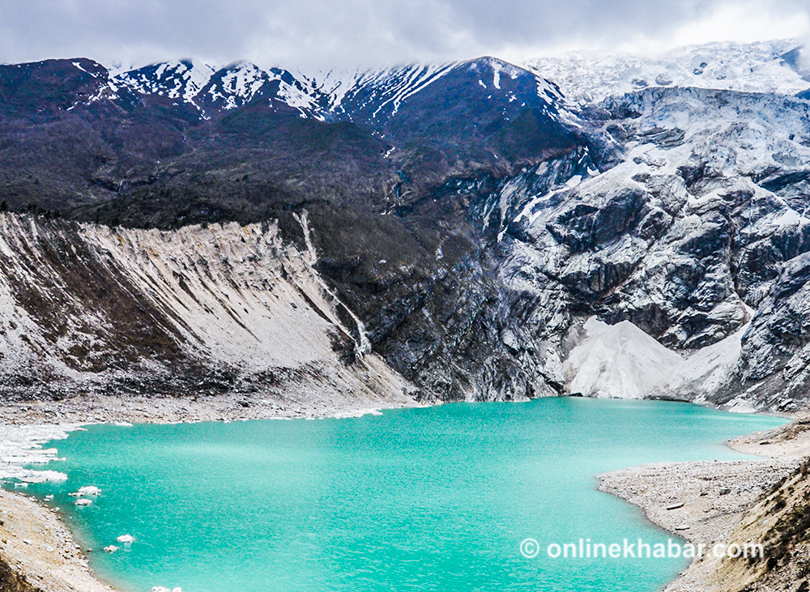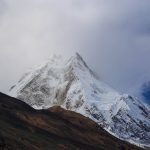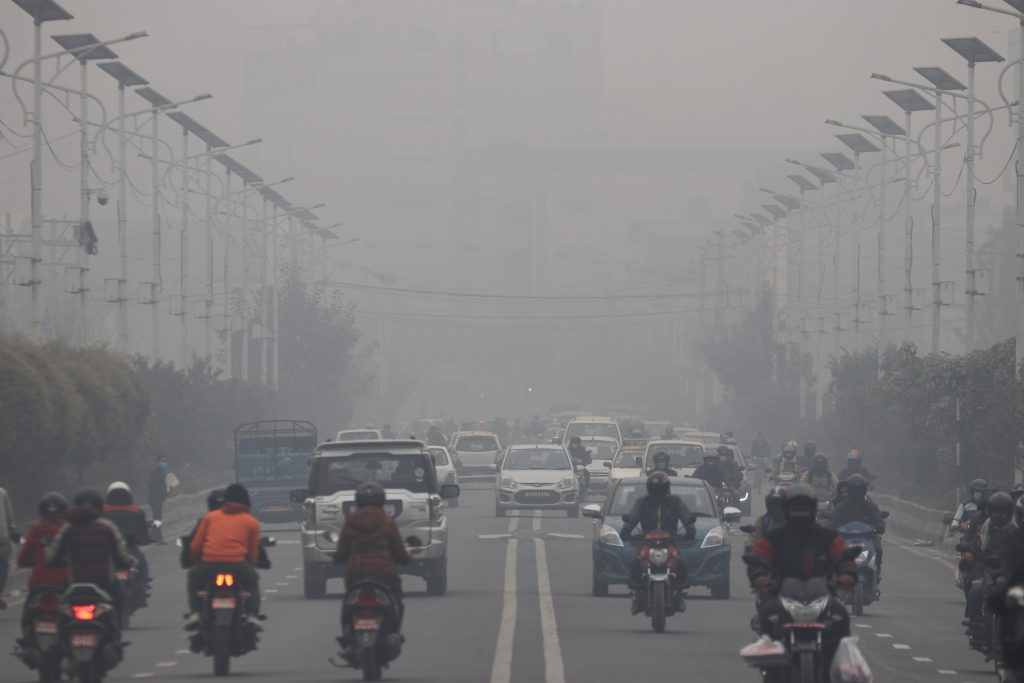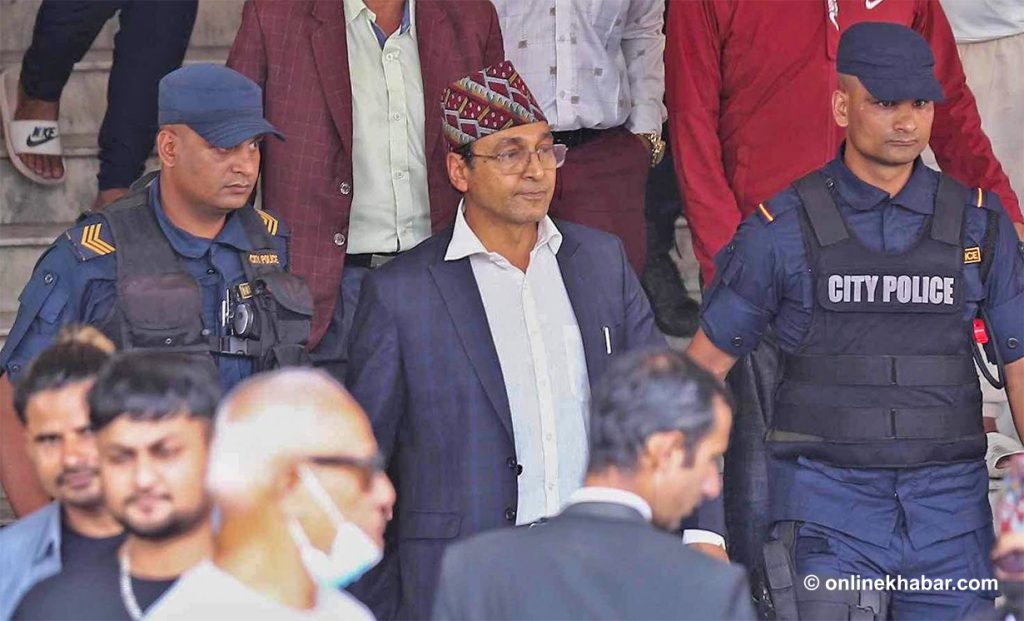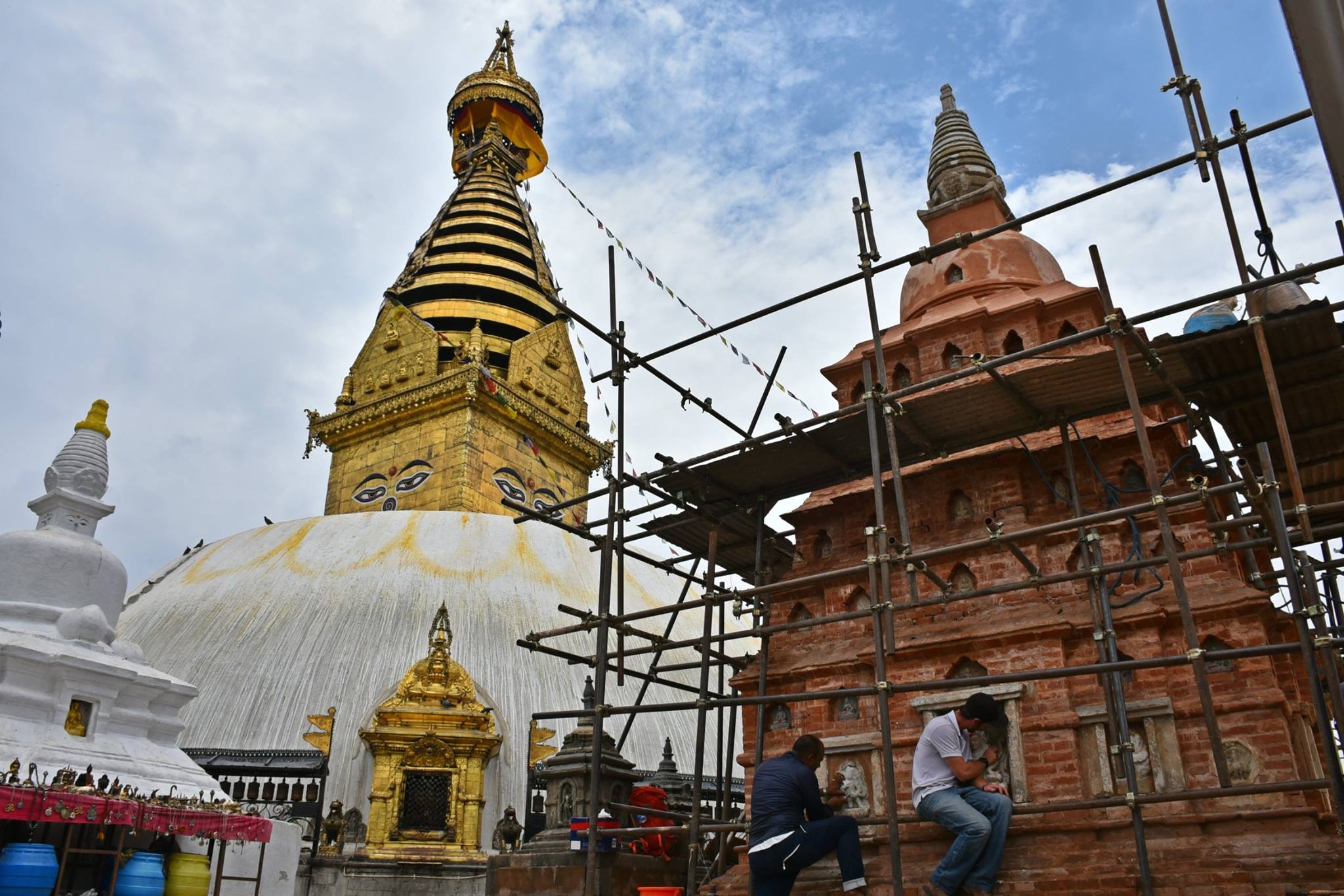
Kathmandu, January 5
On February 14, 2017, nearly two years after the Nepal Earthquake, representatives from the local community, the Department of Archaeology and UNESCO gathered at the Swayambhunath Stupa complex in Kathmandu for a special purpose.
They were there to witness the ceremonial repatriation of key artefacts found during the excavation of the Mangal Bahudwar Chaitya (the first stupa in Kathmandu to be scientifically excavated) such as stone images, terracotta sculptures, as well as thousands of kilograms of tsha-tshas (miniature clay objects).
As the ceremony went on, almost everyone present had one thing going on in their mind: The Ajima and Bhairab, the Hindu gods of war protecting the shrine were watching everything. An inscription found inside the stupa had said that anyone who tampered with the stupa would face the wrath of the gods. Everyone hoped that the kshama puja would pacify the gods and reconstruction of the 19th-century stupa could go on. Members of the local community even offered their own tokens of devotion to be enclosed in the site, including coins and jewellery.
Following the kshama puja, the local community, along with the Department of Archaeology and UNESCO worked on detailed plans to reconstruct the monument. But reconstructing the stupa was anything but easy.
First, it had been months since the excavation work had begun, and local people’s patience was wearing thin and then there was a debate among archaeologists on whether structural ‘errors’ in the monument were to be corrected or not.
“The locals wanted everything to be rebuilt fast,” says Debendra Bhattarai, an archaeologist working on the project. “The foreign tourists who came to the site also asked us a lot about when the reconstruction work will be done,” says Sarwagya Ratna Tuladhar, chairman of the Swayambhu Mahasamiti. “The rubble looked so out of place, the locals wanted it cleared at the earliest,” adds Bhattarai.
But the archaeologists working on the chaitya persevered. They were determined to conduct a proper scientific excavation and that was what they did.
But as plans for the stupa were being drawn, the archaeologists themselves had a difference of opinion.

“The axis mundi (yoshi) of the stupa is made up of a wooden column. Even the Swayambhu Mahachaitya has one,” says David Andolfatto, an archaeologist working on the project.
The yoshi of the Mangal Bahudwar Chaitya had an ‘error’ and that needed to be rectified, a group of archeologists said. Others, however, said it had to be reconstructed as it was before the quake. “The yoshi normally extends to the base of the stupa. But in the case of Mangal Bahudwar, the column didn’t go all the way to the base,” explains Bhattarai.
In the end, it was the opinion of the local community that decided the fate of the yoshi. The local community felt that tampering with the length of the yoshi was akin to tampering with the structure and the gods of war guarding the stupa would not like it.
“When the plans were finalised and construction was set to begin, the Mahasamiti took the lead,” says Tuladhar. “We took special care to reconstruct the stupa using traditional skills, methods, and materials,” he adds.
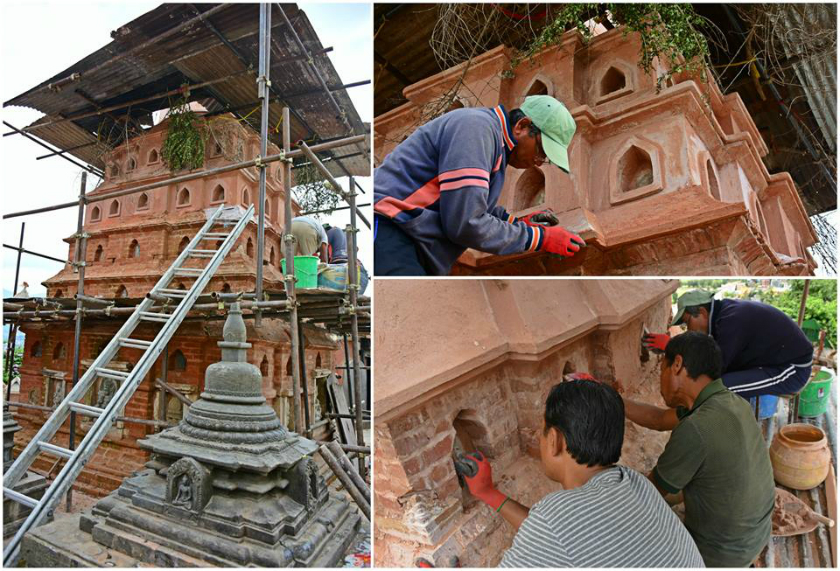
According to Tuladhar, the Mahasamiti ordered specially-made bricks (mahpas) for the purpose. It also ordered special lime and mud. “We wanted to make sure that everything was of the best quality,” explains Tuladhar. “We went to great lengths to get the best available manpower and the materials for the project,” he adds.
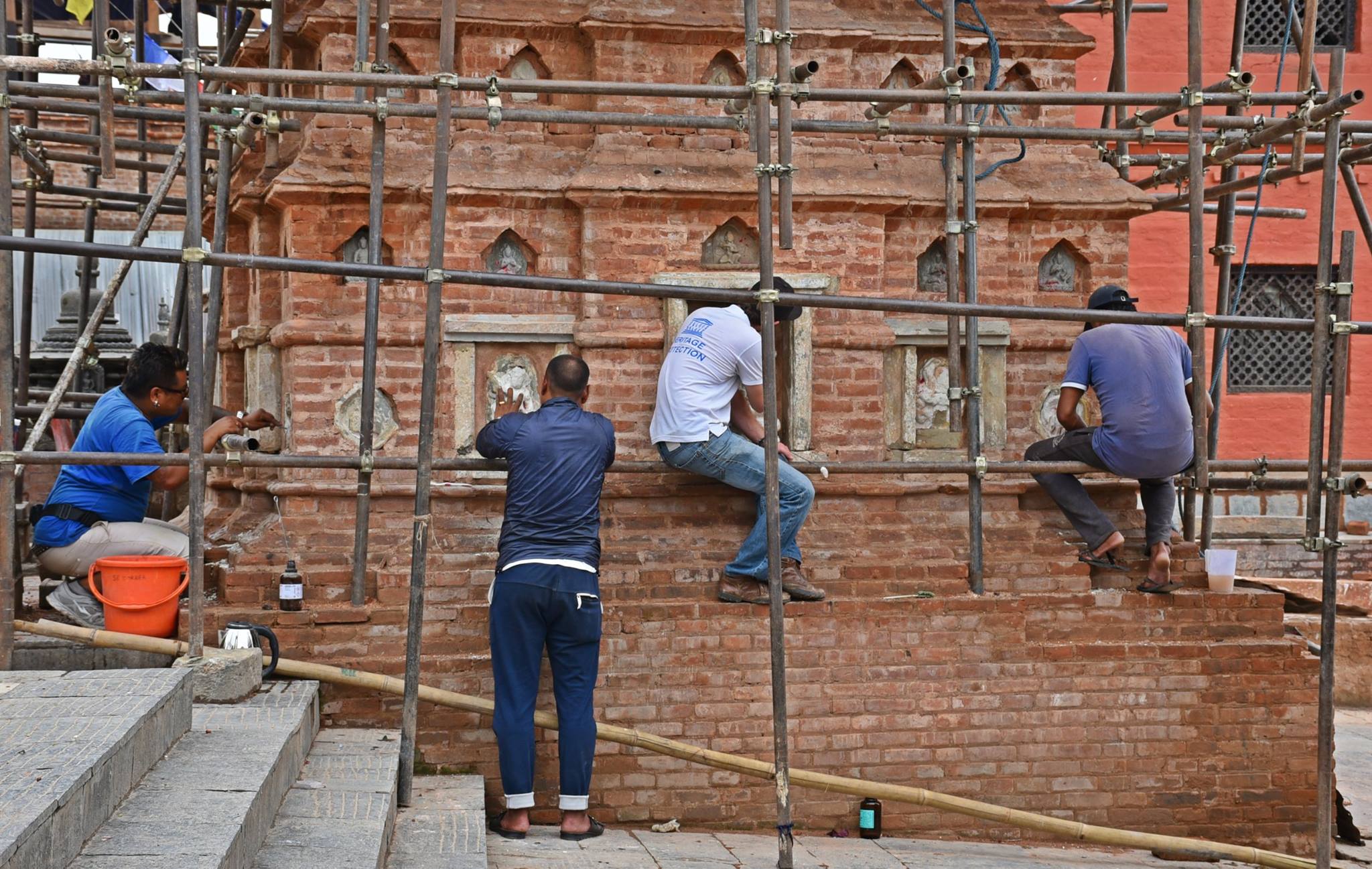
The structure of the chaitya was thus completed. But one more issue came to the fore. The chaitya has various openings on its faces and an idol sits on each face. Archaeologists working on the project wanted to place the idols in their original positions as they had tantric significance. Fortunately, Manik Bajracharya, a visiting professor at the University of Heidelberg in Germany, had photographs of the chaitya with its idols. The photos would help identify the locations of the idols.
It has been several months since work on the stupa has been completed. The community elders are waiting for an auspicious date to conduct the pran pratistha (breathing of life) ceremony. They know all too well, that the gods of war want things to be done as it has been done for thousands of years.
(This is the second piece on the two-part story on the reconstruction of Mangal Bahudwar Chaitra in Swayambhu. Read the first piece here.)







